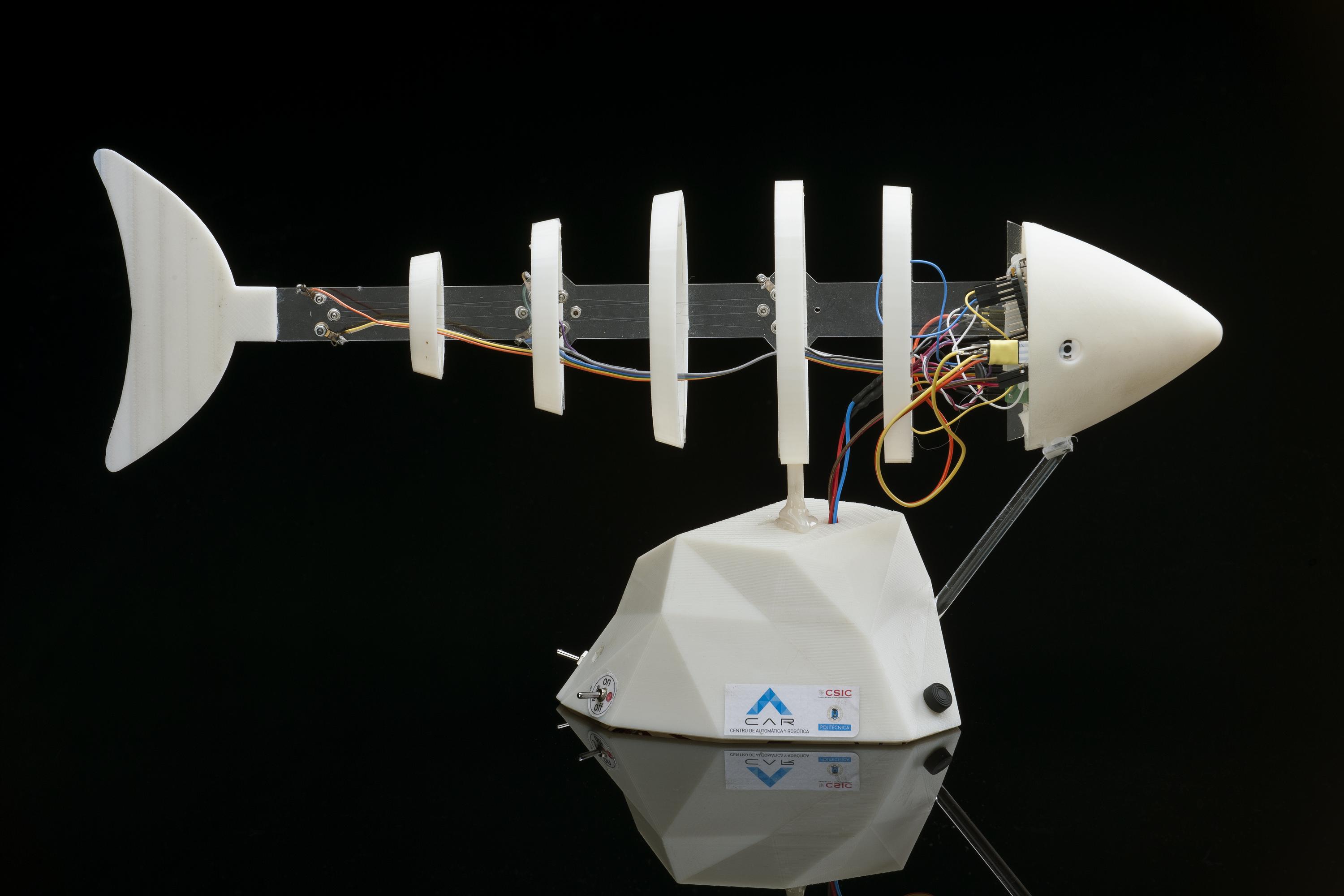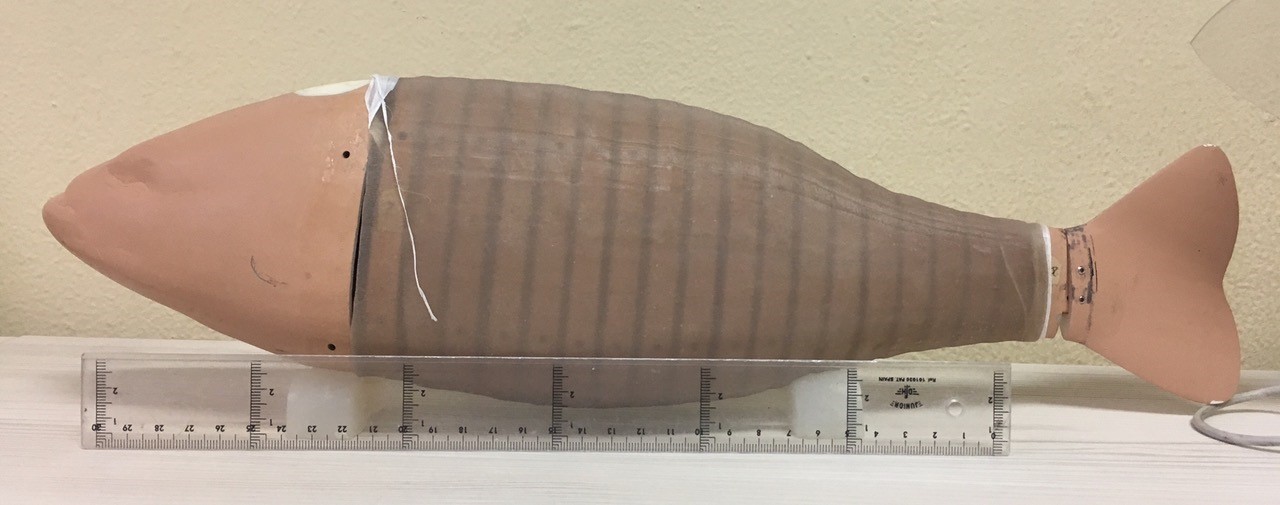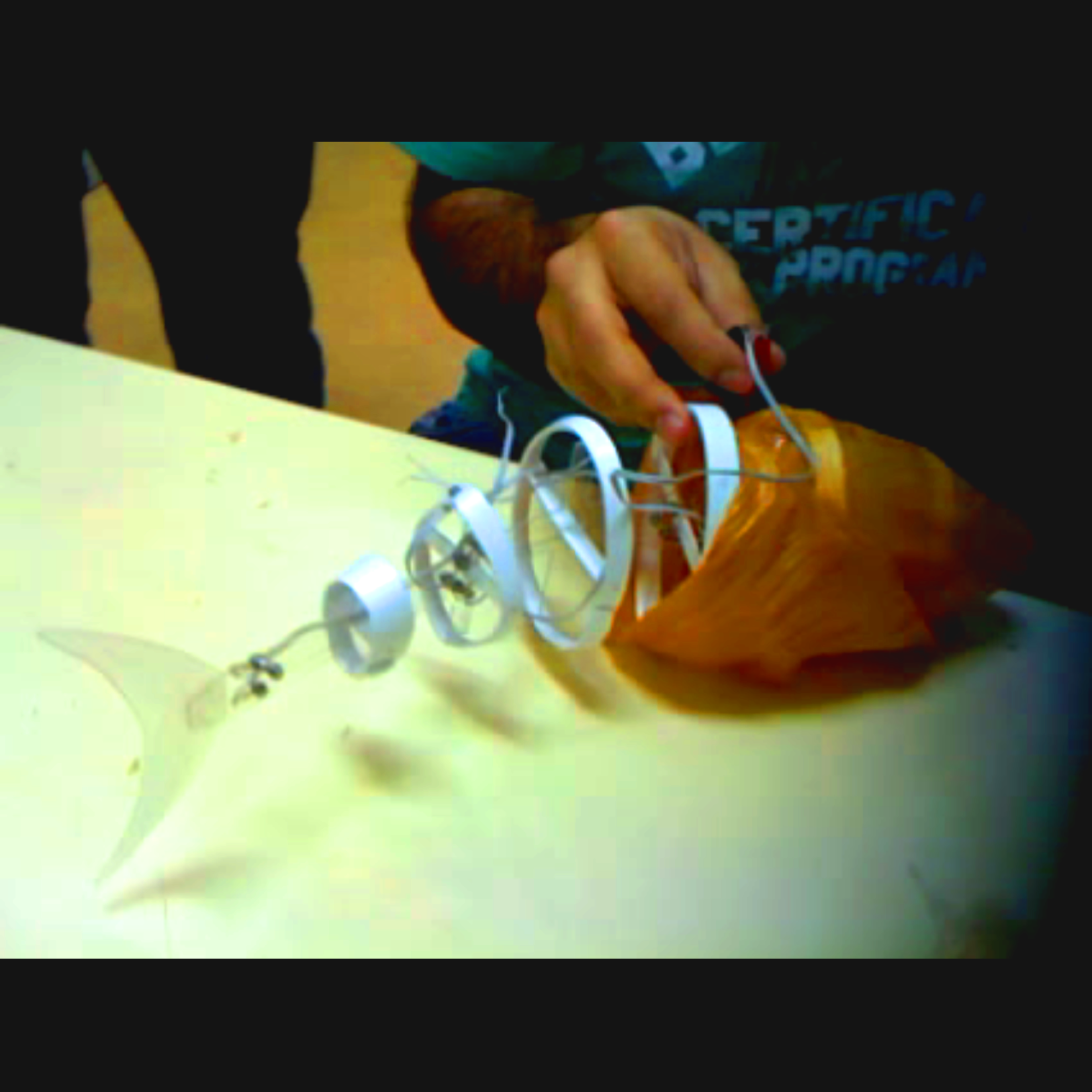Fish are a valuable commodity and millions of people rely on them for food all over the world. In 2014 alone, 93.4 million tonnes of fish were caught, with worldwide exports generating over £120 billion. It’s no wonder we want to look after our fish.
The majority of those consumed come from fish farms, where to keep disease at bay careful monitoring of water quality and nutrition is required. Fish are very sensitive, and are affected by all sorts of changes in water conditions including pH, temperature, oxygen levels and salt concentrations. Recently, one research team has come up with a rather ingenious way of monitoring water health without distressing the fish.

The old saying goes that there are plenty of fish in the sea, and now there is one more – but with a twist. Meet iTuna, your friendly neighbourhood robotic fish. Mimicking the appearance and movement of a real fish, the iTuna can change its swimming patterns in response to environmental stimuli. This lets it blend in with real fish while it quietly monitors anomalies in the water using biosensors.
The robotic fish was the result of an international collaboration between Professor Giovanna Marrazza of the University of Florence and Professor Claudio Rossi of the Centre for Automation and Robotics (CAR CSIC-UPM), a joint centre made up of researchers from the Universidad Politécnica de Madrid and the Spanish National Research Council.
Over 30 cm long, the prototype uses shape-memory alloy actuators and a flexible polycarbonate backbone to allow for lifelike movement. Ribs, attached to the backbone, support the synthetic swimming muscles and a latex-based outer skin.

Inside the iTuna, an electrochemical pH sensor measures water acidity. This pH sensor is formed of a polyaniline film deposited on a graphite electrode surface. The information provided by the sensor also controls the swimming patterns of the robotic fish.

The researchers hope this real-time monitoring system will help increase the health and wellbeing of our farmed fish.
The iTuna will be on display in our interactive Tomorrow’s World gallery from today until mid-December 2017. Visit our website to find out what else is currently on display.
Video credit: Claudio Rossi, CAR UPM-CSIC